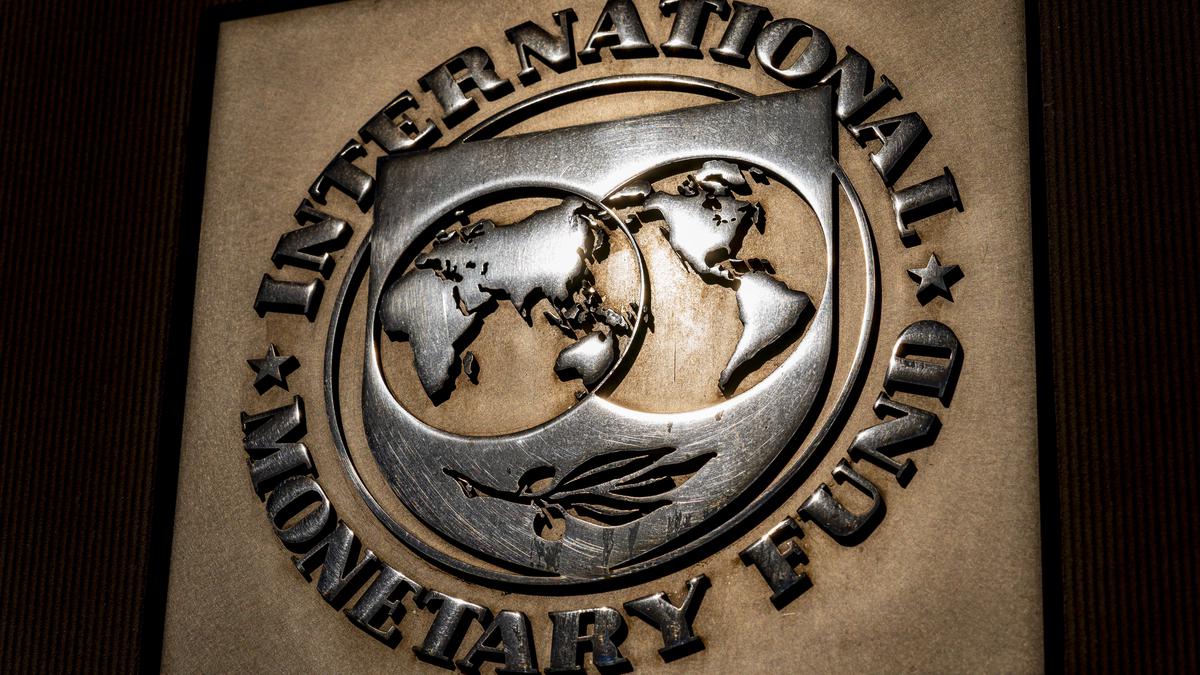Table of Contents
India’s debt level has been a topic of concern, with its current debt standing at 81.9% of GDP, similar to that of China. However, a senior official from the International Monetary Fund (IMF) has stated that the risks associated with India’s debt are not as great as those of its northern neighbor. Ruud de Mooij, Deputy Director of the Fiscal Affairs Department at the IMF, has advised India to implement an ambitious fiscal consolidation plan in the medium term to bring down deficits. Let’s delve into the features, objectives, effects, and possible pros and cons of this recommendation.
Features
India’s debt, although high, is not projected to rise like China’s. In fact, it is expected to decrease slightly by 1.5% to 80.4% of GDP by 2028. One contributing factor to the moderated risks is the long maturities of the debt in India. Additionally, a significant portion of India’s debt is held domestically and denominated in domestic currency, which helps mitigate the risks associated with external debt.
Objectives
The main objective of the IMF’s recommendation is to achieve fiscal consolidation in India. By bringing down the deficits, especially the primary deficits, India can work towards stabilizing its debt level over time. This would be crucial in managing the interest expenditures that currently account for 5.4% of GDP.
Effects
Implementing a fiscal consolidation plan would have several effects on India’s economy. Firstly, it would contribute to stabilizing the debt level, which is projected to be around 80%. This would help reduce the vulnerability of the economy to debt-related risks. Secondly, it would create a more sustainable fiscal framework, ensuring that the government can continue to invest in public infrastructure, education, and healthcare. Lastly, it would enhance spending efficiency, reducing waste and enabling resources to be directed towards areas that truly need them.
Pros and Cons
While the IMF’s recommendation has its advantages, there may also be some challenges and drawbacks. Pros of implementing a fiscal consolidation plan include increased stability, improved fiscal transparency, and strengthened spending efficiency. By following this path, India can create a more sustainable and resilient economy. However, some cons could arise, such as the potential impacts of reduced government spending on certain sectors. It would be essential to carefully prioritize public investments and ensure that support is effectively targeted to those in need.
Fun Fact
India is known for its high growth rate, which is one of the factors that positively contributes to its debt-to-GDP ratio. This growth potential can help offset some risks associated with the debt and provide opportunities for managing it effectively.
To summarize, the IMF’s recommendation for India to adopt an ambitious fiscal consolidation plan aims to address the country’s high debt. By reducing deficits and focusing on spending efficiency, India can stabilize its debt level, enhance its fiscal framework, and allocate resources more efficiently. While challenges may arise, careful implementation of these measures can contribute to a sustainable and resilient economy for India in the long run.
Mutiple Choice Questions
1. What is the current debt-to-GDP ratio in India?
a) 81.9%
b) 83%
c) 75%
d) 5.4%
Explanation: According to the information provided, the current debt-to-GDP ratio in India is 81.9% (option a).
2. Compared to China, how does India’s current debt level compare?
a) India’s debt level is higher than China’s.
b) India’s debt level is lower than China’s.
c) India’s debt level is the same as China’s.
d) The information does not provide a comparison between India and China’s debt levels.
Explanation: According to the information provided, India’s debt level is very similar to China’s, with India at 81.9% of GDP and China at 83% of GDP (option c).
3. Which factor contributes to moderating the risks associated with India’s debt?
a) Long maturities of the debt.
b) High growth rate in India.
c) Domestic holdings of the debt.
d) All of the above.
Explanation: According to the information provided, all of the factors mentioned contribute to moderating the risks associated with India’s debt (option d).
4. What is the projected debt level in India for 2028?
a) 80.4%
b) 81.9%
c) 83%
d) The information does not provide a projected debt level for 2028.
Explanation: According to the information provided, the projected debt level in India for 2028 is 80.4% (option a).
5. What is the recommended policy advice for India in the medium term?
a) Increase deficits through a range of measures.
b) Decrease primary deficits through a range of measures.
c) Increase interest expenditures to 5.4% of GDP.
d) None of the above.
Explanation: According to the information provided, the recommended policy advice for India in the medium term is to have an ambitious fiscal consolidation plan that brings down the deficits, especially the primary deficits, through a range of measures (option b).
6. How can India usefully support fiscal consolidation?
a) By strengthening the tech system.
b) By reversing fuel tax cuts.
c) By prioritizing public investments.
d) All of the above.
Explanation: According to the information provided, all of the options mentioned can be useful in supporting fiscal consolidation in India (option d).
7. What is one area where spending efficiency can be improved in India?
a) Education and healthcare.
b) Public infrastructure.
c) Household subsidies.
d) All of the above.
Explanation: According to the information provided, spending efficiency can be improved in areas such as education, healthcare, and subsidies provided to households (option d).
8. How can the management of fiscal policies be improved in India?
a) By making public financial management more transparent.
b) By implementing a strong fiscal framework with clear fiscal rules.
c) By working with an independent institution that advises on fiscal policy.
d) All of the above.
Explanation: According to the information provided, all of the options mentioned can contribute to improving the management of fiscal policies in India (option d).
Brief Summary | UPSC – IAS
India’s debt levels are high, standing at 81.9% of GDP compared to China’s 83%. The country is advised to implement an ambitious fiscal consolidation plan to reduce deficits. India’s deficit is projected to be 8.8% in 2023, with a significant portion attributed to interest expenditures. However, India’s debt is not projected to rise like China’s and is expected to decrease slightly to 80.4% by 2028. Factors moderating the risks associated with India’s debt include long maturities, domestically held and denominated debts. The risk factor comes from high debts at the state level. The International Monetary Fund recommends a range of measures for fiscal consolidation, including revenue and spending reforms, and strengthening the tax system. Improving spending efficiency and fiscal policy management are also advised.











